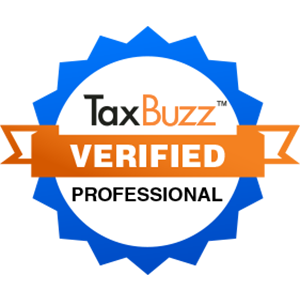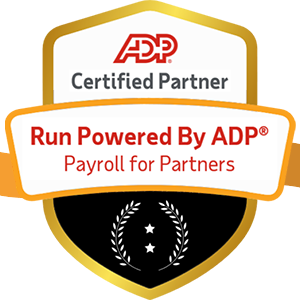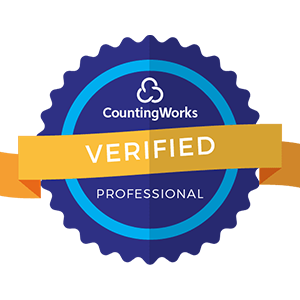Introduction: In today's fast-paced business world, efficiency and streamlining processes are more important than ever. One area where many companies struggle is in managing their human resources (HR) and payroll functions. These two critical aspects of any organization are often handled separately, leading to duplication of efforts, increased risk of errors, and a lack of cohesion. However, by integrating HR and payroll systems into a single, unified platform, businesses can unlock a host of benefits that can transform their operations and boost their bottom line.
The Challenges of Separate HR and Payroll Systems

Before we dive into the advantages of integration, let's take a closer look at the challenges that arise when HR and payroll are managed separately:
- Data Inconsistencies: When employee information is stored in multiple systems, there's a higher risk of discrepancies and errors. This can lead to incorrect paychecks, benefits enrollment issues, and compliance problems.
- Inefficiency: Having separate systems means that HR and payroll teams often have to enter the same data multiple times, leading to wasted time and resources.
- Lack of Visibility: Without a centralized platform, it can be difficult for managers and executives to get a clear picture of their workforce and make informed decisions.
- Compliance Risks: With ever-changing regulations and laws, it's crucial to have accurate and up-to-date employee records. Separate systems make it harder to ensure compliance and avoid costly penalties.
The Benefits of Integrated HR and Payroll Systems

Now that we understand the challenges let's explore the transformative benefits of consolidating HR and payroll functions:
- Streamlined Processes: By having all employee data in one place, HR and payroll teams can work more efficiently and effectively. This means less time spent on manual data entry and more time focusing on strategic initiatives.
- Improved Accuracy: With a single source of truth for employee information, the risk of errors and inconsistencies is greatly reduced. This leads to more accurate paychecks, benefits enrollment, and reporting.
- Enhanced Compliance: An integrated system makes it easier to stay on top of changing regulations and ensure that all employee records are up-to-date and compliant. This can help avoid costly fines and legal issues.
- Better Decision Making: When all employee data is centralized, managers and executives have access to real-time insights and analytics. This allows them to make more informed decisions about staffing, budgeting, and other key areas.
- Increased Employee Satisfaction: With streamlined processes and accurate information, employees are more likely to have a positive experience with HR and payroll. This can lead to higher engagement, productivity, and retention.
Choosing the Right Integrated System

Now that you're convinced of the benefits of integration, how do you go about choosing the right system for your business? Here are some key factors to consider:
- Scalability: Look for a system that can grow with your business and handle increasing complexity as your workforce expands.
- User-Friendliness: The system should be intuitive and easy to use for both HR and payroll teams, as well as employees accessing their own information.
- Customization: Every business is unique, so it's important to find a system that can be tailored to your specific needs and workflows.
- Integration Capabilities: Make sure the system can seamlessly integrate with other key business applications, such as time and attendance tracking and benefits administration.
- Security: With sensitive employee data at stake, security should be a top priority. Look for a system with robust encryption, access controls, and other safeguards.
Conclusion
In today's competitive business landscape, organizations need every advantage they can get. By integrating HR and payroll systems, companies can streamline processes, improve accuracy, enhance compliance, and make better decisions. While choosing the right system may seem daunting, the benefits of integration far outweigh the challenges. With a unified platform in place, businesses can focus on what really matters – attracting, retaining, and empowering their most valuable asset: their people.
Mental Model: The Power of Synergy
The concept of integrating HR and payroll systems is a perfect example of the power of synergy. Synergy is the idea that the whole is greater than the sum of its parts. In other words, when two or more elements are combined, they create a result that is more powerful than what each element could achieve on its own.
In the case of HR and payroll, integrating these two functions creates a synergy that transforms the way businesses manage their workforce. By centralizing data, streamlining processes, and enhancing visibility, an integrated system unlocks benefits that go far beyond what separate HR and payroll platforms could achieve.
This mental model can be applied to many areas of business and life. Whenever you're faced with a challenge or opportunity, ask yourself: "How can I create synergy by combining different elements in a way that amplifies their impact?" By harnessing the power of synergy, you can unlock new levels of efficiency, effectiveness, and success.
Thought-Provoking Question
How can the concept of synergy be applied to other areas of your business or personal life? What elements could you combine to create a more powerful result?






